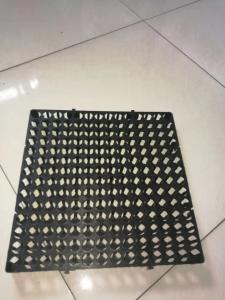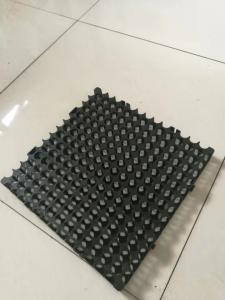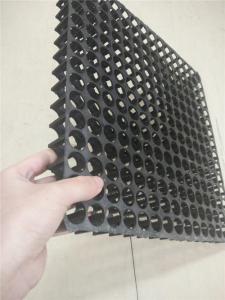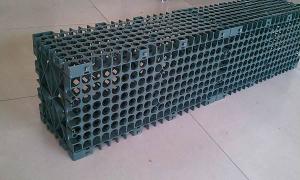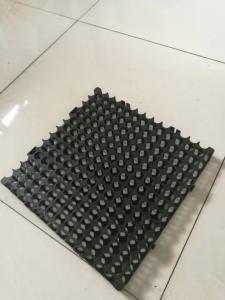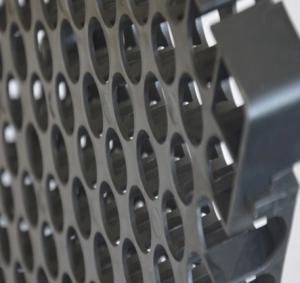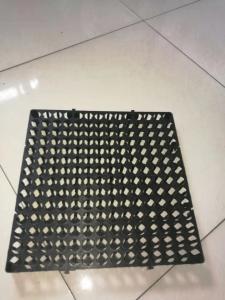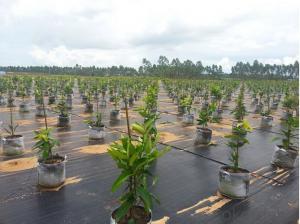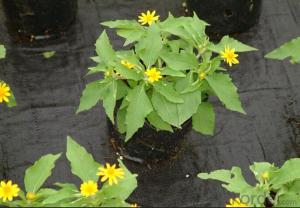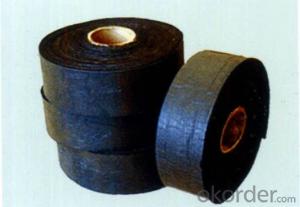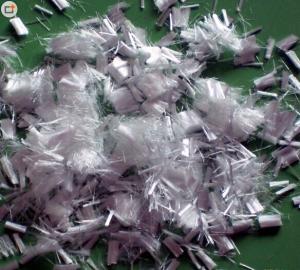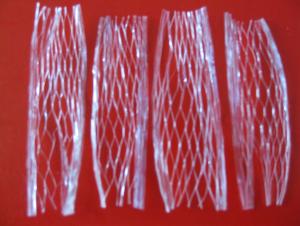Plastic Drain Cell Drainage Board for Roof Garden
- Loading Port:
- Qingdao
- Payment Terms:
- TT or LC
- Min Order Qty:
- 5000 m²
- Supply Capability:
- 100000 m²/month
OKorder Service Pledge
OKorder Financial Service
You Might Also Like
Plastic Drain Cell Drainage Board for Roof Garden
1. Introduction
Drainage cell is the lightweight three dimensional geocomposite with flat back which is pressed against an underground structure used for subsurface water management method.
Our drainage cell is lightweight, easy to use and cost effective when compared to traditional drainage methods, and it is the most advanced and versatile geo-composite product suitable for all your horizontal and vertical drainage applications such as roof garden drainage, landscape, terraces and patios under pavers, subterranean building protection, etc.
2.Specification

3. Features
1) High Compressive strength
2) Eco-friendly, waterproof polypropylene material
3) Lightweight and easily transportable
4) Thermal regulation
5) Low cost
6) Quick and easy to install
4.Applications
1) roof gardens,
2) podium landscaping,
3) retaining walls,
4) golf course,
5) sports fields,
6) bridge abutments,
7) underground car parks,
8) basements,
9) under drains for slabs/ foundations / subsurface drainage for permeable driveways
5. Pictures

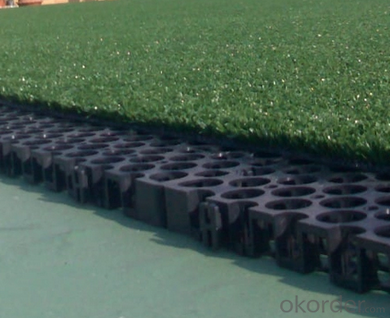
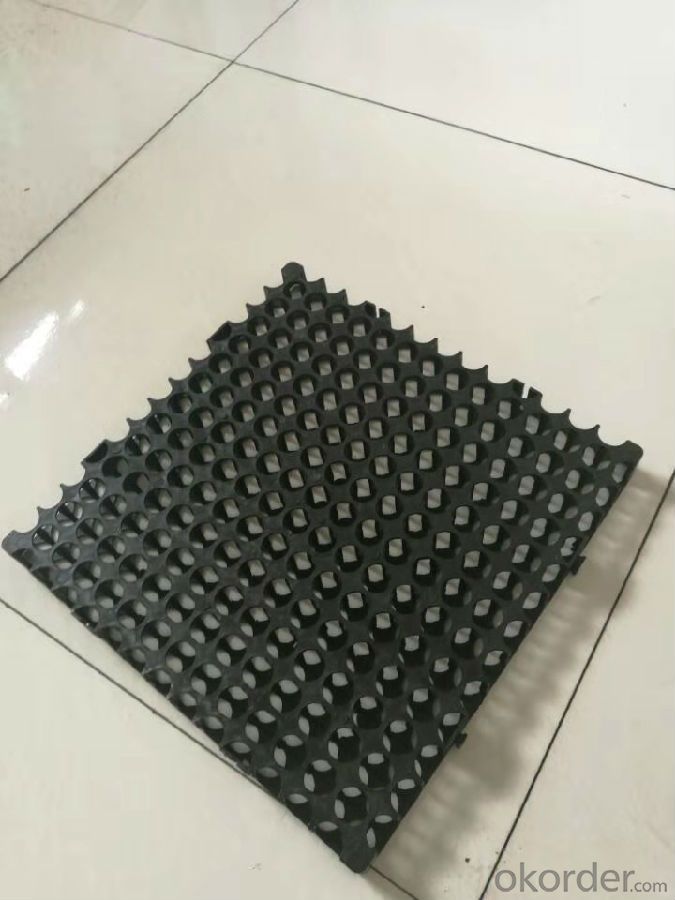
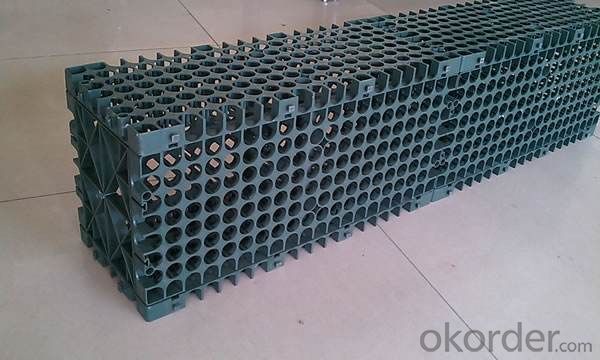
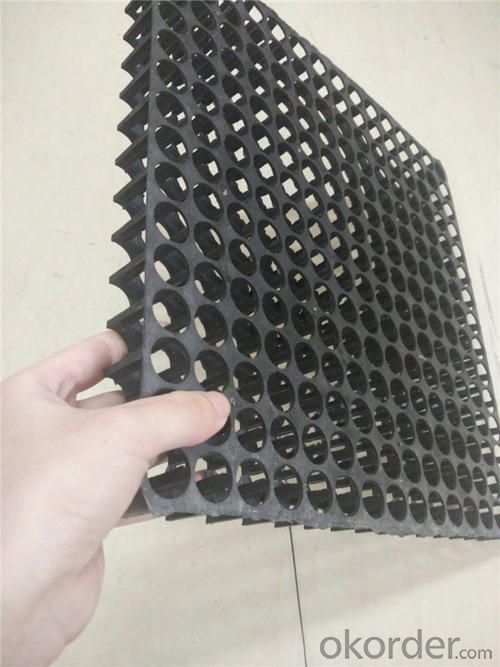
6. FAQ
Q1:Are you a factory or trading company?We are a factory.
Q2:How is the quality of your products compared with other supplier?
Our price is reasonable and worty quality.
Q3:Do you have quality warranty ?
Yes,we have quality warranty under normalconditions,pls contact us for details.
Q4:How do you make our business long-team and good relationship?
We keep good quality andcompetitive price to ensure our customers benefit.
- Q:What are the advantages of using geotextile bags in coastal engineering projects?
- Geotextile bags offer several advantages in coastal engineering projects. Firstly, they provide effective erosion control by trapping sediment and preventing its transport, thus stabilizing the coastal environment. Secondly, they are flexible and adaptable, allowing for easy installation and adjustment to changing coastal conditions. Additionally, geotextile bags are durable and resistant to UV degradation, ensuring long-term effectiveness. Furthermore, they are environmentally friendly, as they are made from biodegradable materials and can be filled with local sediment, reducing the need for external resources. Overall, geotextile bags provide a cost-effective and sustainable solution for coastal protection and restoration.
- Q:How do geosynthetic materials contribute to groundwater protection?
- Geosynthetic materials contribute to groundwater protection by providing a barrier that prevents contaminants from reaching and polluting the groundwater. These materials, such as geomembranes or geotextiles, are used in various applications like landfill liners, pond liners, or erosion control systems. They effectively isolate the underlying soil or rock from potential pollutants, acting as a protective layer that prevents the leaching or migration of harmful substances into the groundwater.
- Q:What are the advantages of using geotextile fabrics in landscaping projects?
- Geotextile fabrics offer several advantages in landscaping projects. Firstly, they act as a barrier that prevents weed growth, reducing the need for herbicides and manual weeding. Secondly, these fabrics can effectively control soil erosion by stabilizing the soil and preventing it from washing away during heavy rainfall or irrigation. Additionally, geotextile fabrics can provide reinforcement to weak soil, improving its stability and load-bearing capacity. They also facilitate water drainage, preventing waterlogging and promoting healthy plant growth. Finally, these fabrics are permeable, allowing air and nutrients to reach plant roots while retaining moisture in the soil. Overall, the use of geotextile fabrics in landscaping can enhance the longevity and sustainability of outdoor projects.
- Q:What are the different types of earthwork products available in the market?
- There are several types of earthwork products available in the market, including topsoil, fill dirt, gravel, sand, mulch, and decorative stones. Each of these products serves different purposes in construction, landscaping, or gardening projects.
- Q:Civil engineering materials stone test, the determination of stone grade with what practical significance?
- Select the best proportion of aggregate, for the preparation of concrete with the ratio.
- Q:Can earthwork products be used in stormwater filtration systems?
- Yes, earthwork products can be used in stormwater filtration systems. These products, such as geotextiles or erosion control blankets, are commonly used to filter sediment and other pollutants from stormwater runoff. They help to improve water quality by trapping sediment and allowing clean water to pass through. Additionally, earthwork products can also provide stability and prevent erosion within stormwater filtration systems.
- Q:How are geosynthetic materials used in athletic field construction?
- Geosynthetic materials are commonly used in athletic field construction to enhance the performance, durability, and stability of the playing surface. They are used as base reinforcement, providing strength and preventing soil movement. Additionally, geosynthetics are used as drainage systems, allowing for efficient water management and preventing waterlogging. These materials also aid in soil stabilization, reducing the risk of surface irregularities and improving player safety. Overall, geosynthetics play a crucial role in ensuring the longevity and quality of athletic fields.
- Q:What are the benefits of using geocells for ground stabilization?
- Geocells provide numerous benefits for ground stabilization. Firstly, they enhance soil confinement, preventing soil erosion and promoting stability. Secondly, they improve load distribution, reducing stress on the ground and preventing uneven settlement. Additionally, geocells facilitate proper drainage, preventing water accumulation and maintaining the integrity of the soil. They are also cost-effective, as they require less material and labor compared to traditional methods. Moreover, geocells are environmentally friendly, as they can be made from recycled materials and are reusable. Overall, using geocells for ground stabilization ensures increased stability, reduced maintenance, and a longer lifespan for infrastructure.
- Q:Read materials science and engineering or civil engineering, it is tangled ah, we discuss together, thank you!
- If you consider employment, or read civil, if you want to do some academic, or read the material, rough for reference only.
- Q:How are precast concrete products used in earthwork?
- Precast concrete products are commonly used in earthwork to provide stability and support in various construction projects. These products, such as retaining walls, culverts, and manholes, are pre-manufactured off-site and then transported to the construction site for installation. They serve as effective solutions for soil erosion control, water drainage, and soil reinforcement, ensuring the durability and longevity of earthwork structures.
1. Manufacturer Overview |
|
|---|---|
| Location | |
| Year Established | |
| Annual Output Value | |
| Main Markets | |
| Company Certifications | |
2. Manufacturer Certificates |
|
|---|---|
| a) Certification Name | |
| Range | |
| Reference | |
| Validity Period | |
3. Manufacturer Capability |
|
|---|---|
| a)Trade Capacity | |
| Nearest Port | |
| Export Percentage | |
| No.of Employees in Trade Department | |
| Language Spoken: | |
| b)Factory Information | |
| Factory Size: | |
| No. of Production Lines | |
| Contract Manufacturing | |
| Product Price Range | |
Send your message to us
Plastic Drain Cell Drainage Board for Roof Garden
- Loading Port:
- Qingdao
- Payment Terms:
- TT or LC
- Min Order Qty:
- 5000 m²
- Supply Capability:
- 100000 m²/month
OKorder Service Pledge
OKorder Financial Service
Similar products
New products
Hot products
Hot Searches
Related keywords
